Office lighting: What lighting for professional offices?
Introduction
Lighting plays a crucial role in creating a work environment that is both productive and comfortable. The quality of lighting in professional offices can significantly influence employee well-being, their productivity, and even their health. This article explores the importance of choosing appropriate lighting for professional offices, addressing different types of lighting, selection criteria, and the impact of lighting on productivity.
The fundamentals of office lighting
In the context of workspace design, lighting plays a crucial role by influencing both employee well-being and productivity. It is essential to choose the type of lighting suited to each space and activity. Here are concrete examples of direct and indirect lighting that can be used in professional offices.
Direct lighting
LED rails: Perfect for workspaces where targeted light is needed, LED rails offer a flexible and modular solution. They can be directed to illuminate work areas directly, such as desks or meeting tables, providing precise and focused light.
Spots: Installed on the ceiling or on rails, spots are ideal for specifically lighting an area or object. Their direction can be adjusted to concentrate light on documents, computer screens, or any other element requiring special attention.
Desk lamps: These lamps are perfect for individual desks. Placed on the desk, they provide targeted lighting, ideal for reading documents or performing precise tasks. They also add a personal touch to the workspace.
Indirect lighting
LED strips: Often used to create a soft and diffuse ambiance, LED strips can be installed behind screens, under shelves, or along baseboards. They emit soft light without glare, thus contributing to a more relaxed work environment.
Wall sconces: They diffuse light evenly along walls, creating soft and enveloping light. Sconces are perfect for reducing strong contrasts between lit areas and shadowed zones, promoting a visually comfortable environment.
Diffusing ceiling lights: These fixtures, installed on the ceiling, diffuse soft and homogeneous light over large areas. They are effective for illuminating spaces without creating marked shadow zones and without tiring the eyes, making them an ideal option for collaboration spaces or passage areas.
Each type of lighting has its own function and utility in the office environment. By wisely combining direct and indirect lighting, it is possible to create a workspace that is functional, comfortable, and aesthetically pleasing.
Lighting choices for professional offices
When selecting lighting for professional offices, it is crucial to consider several criteria to ensure both energy efficiency and optimal visual comfort. Here is an in-depth exploration of these aspects.
Energy efficiency
LED technology: Choosing LED fixtures is one of the best ways to guarantee maximum energy efficiency. LEDs consume significantly less energy than traditional lighting solutions such as incandescent lamps or fluorescent tubes, and their lifespan is also much longer. This not only reduces energy consumption but also costs and replacement frequency.
Certifications and Labels: Look for products with recognized certifications or labels regarding energy efficiency, such as Energy Star or the European CE certification. These labels ensure that products meet certain standards of efficiency and energy consumption.
Dimmability: The ability to adjust lighting intensity according to needs can contribute to better energy management. Using dimmers not only allows adapting lighting to specific activities but also reduces energy consumption during low-use hours.
Ergonomics and visual comfort
Color temperature: Color temperature, measured in kelvins (K), affects the perception of light and can influence the ambiance of a workspace as well as employee well-being. Warm color temperatures (around 3000K) create a welcoming and relaxed atmosphere, while cooler temperatures (5000K and above) are stimulating and improve concentration. Selecting the right color temperature according to the space and its use is crucial.
Color rendering index (CRI): The CRI measures a light source's ability to faithfully reproduce colors compared to natural light. A high CRI (above 80) is preferable in offices to ensure accurate color perception and reduce eye strain.
Glare prevention: To avoid visual fatigue and discomfort, it is important to choose lighting solutions that minimize glare. This includes using diffusers on fixtures, strategically planning their placement to avoid reflections on computer screens, and choosing lighting with good glare control.
Flexibility: Lighting must be adaptable to meet the various tasks performed in an office. This often involves a mix of general, task, and accent lighting, as well as the ability to adjust lighting according to changes in space use or personal preferences.
Impact of lighting on productivity
Studies show a direct link between lighting quality and employee productivity. Adequate lighting can reduce fatigue, improve morale, and increase concentration capacity.
Legal aspects and standards
Complying with workplace lighting standards is not only a matter of regulatory compliance but also a necessity to ensure employee safety and well-being. Lighting standards define the minimum requirements to be met in terms of lighting levels, light quality, and light distribution for different types of work environments. Here is an overview of the legal aspects and standards applicable to professional office lighting.
International and national standards ISO 8995/CIE S 008: This international standard, developed by the International Organization for Standardization (ISO) in collaboration with the International Commission on Illumination (CIE), provides guidelines on recommended lighting levels for indoor environments, including offices. It covers various aspects such as recommended illuminance levels, uniformity, glare, and light quality.
National standards: Each country may have its own standards and regulations regarding workplace lighting. In France, for example, the NF EN 12464-1 standard specifies requirements for indoor workplace lighting, including offices. These standards are often based on or complementary to international guidelines but may include specific requirements adapted to local needs and regulations.
Compliance and inspection
Certificate of conformity: Companies must ensure that their lighting systems comply with current standards. This may involve obtaining certificates of conformity for the lighting products used or conducting lighting audits by certified professionals.
Regular inspections: It is recommended to carry out regular inspections of lighting installations to ensure they remain compliant with current standards and regulations. These inspections can help identify failures, potential safety risks, or opportunities to improve energy efficiency.
Importance of compliance
Compliance with lighting standards not only guarantees respect for legal obligations but also contributes to creating a healthier and safer work environment for employees. Adequate lighting reduces risks of visual fatigue, headaches, and accidents related to insufficient visibility. Moreover, it can play a role in improving productivity and reducing energy costs.
Future trends in office lighting
Technological innovations and sustainable lighting are at the heart of current concerns, with particular attention paid to environmental impact and creating eco-friendly workspaces.
Conclusion
Professional office lighting deserves special attention to create an optimal work environment. By wisely choosing lighting solutions, it is possible to promote productivity, well-being, and sustainability.

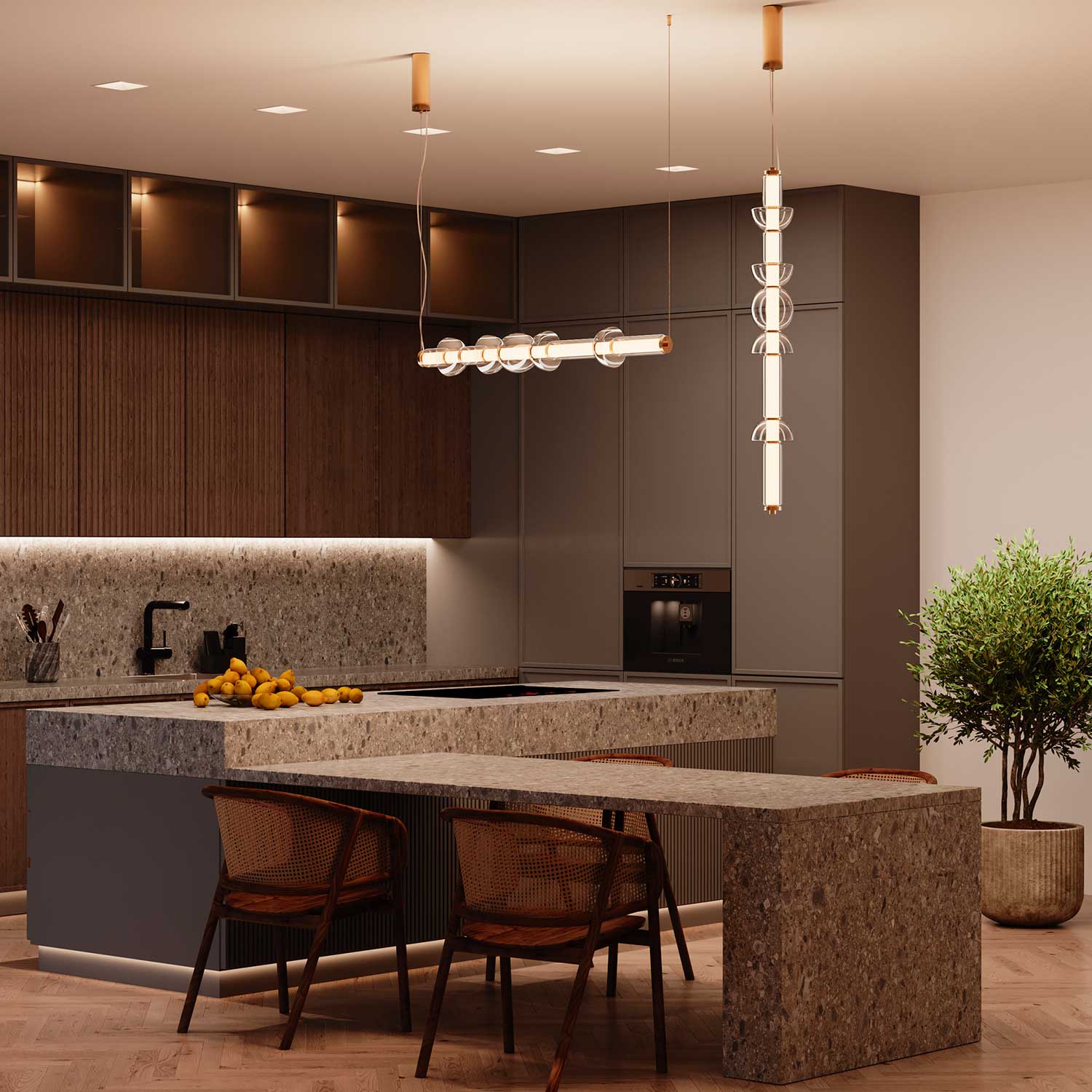
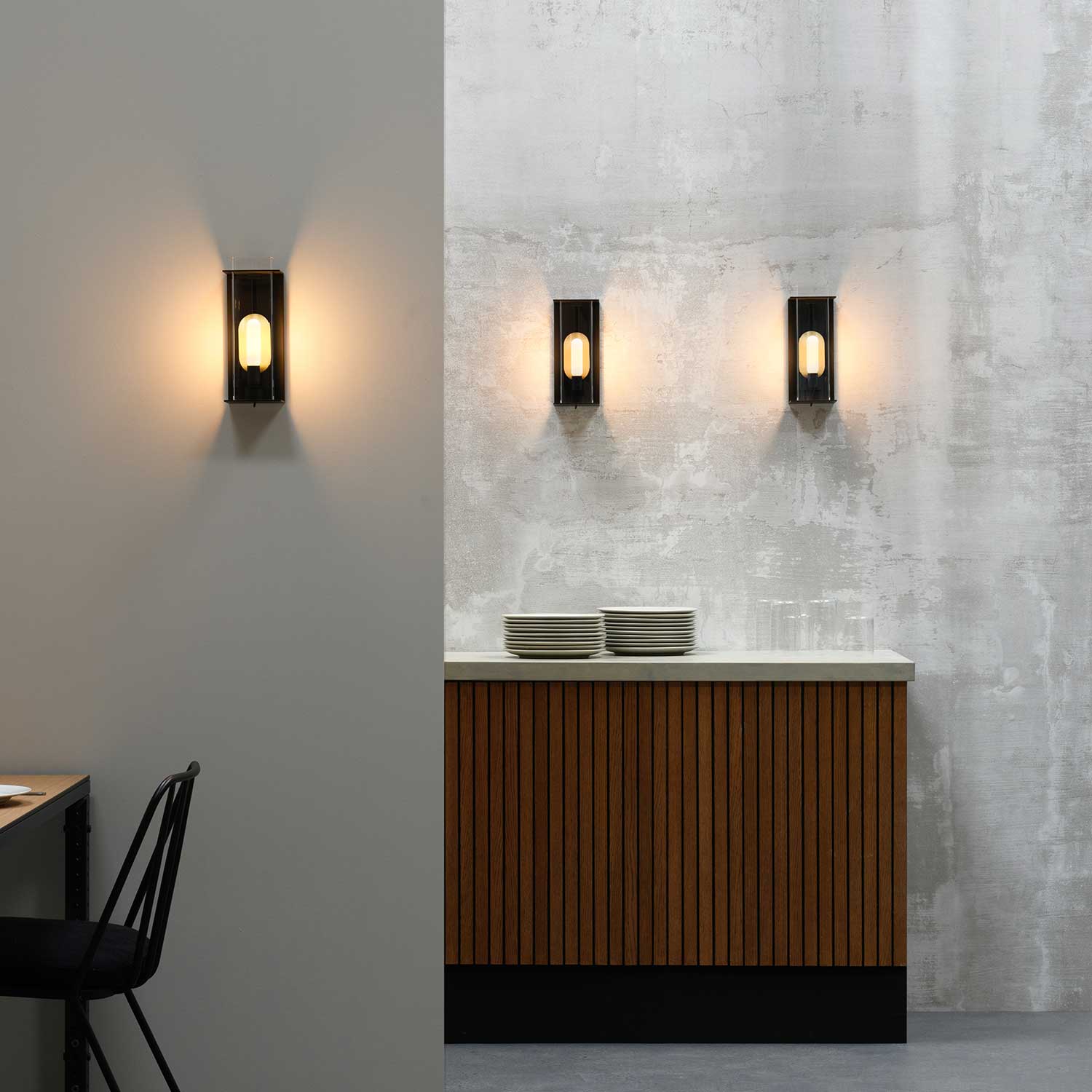
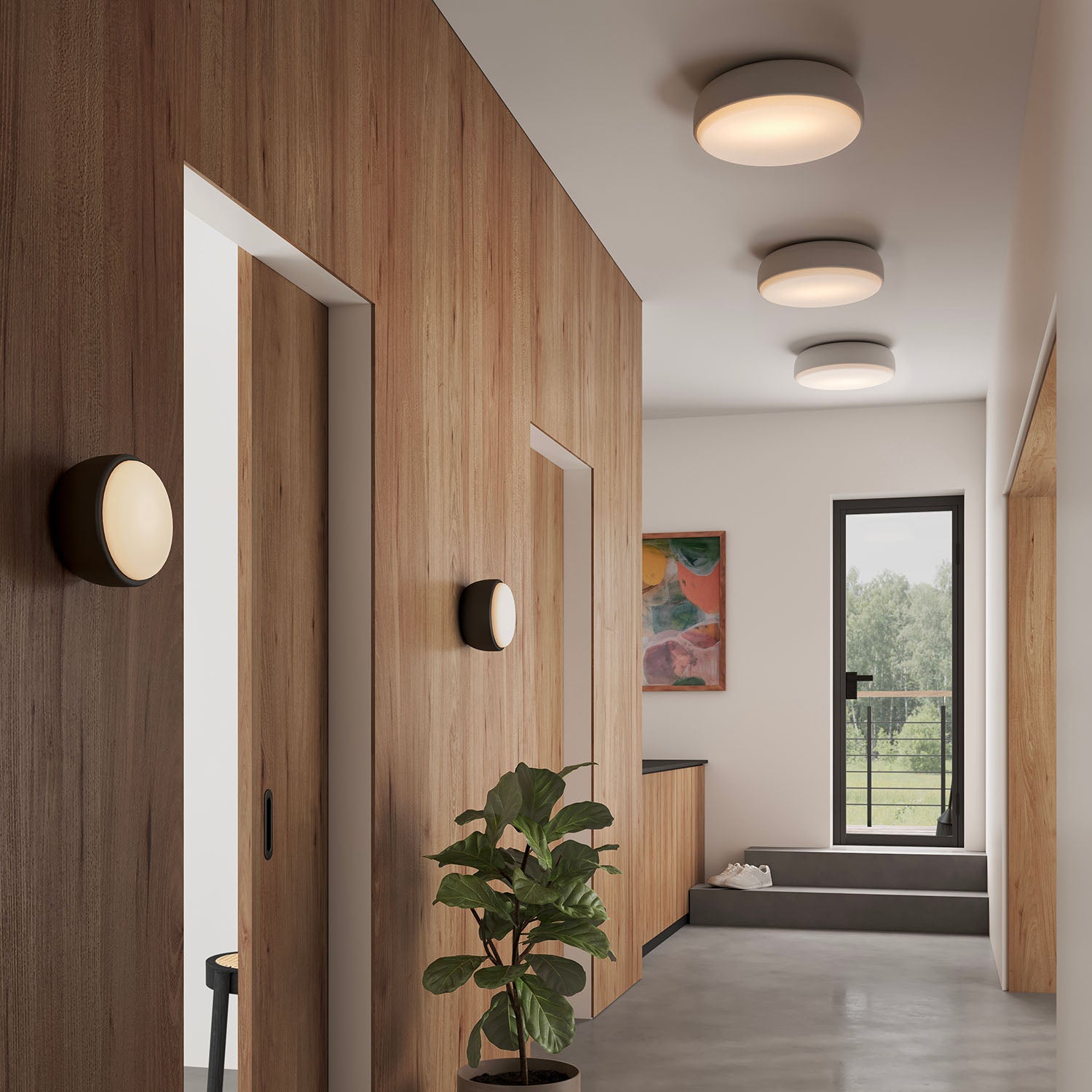
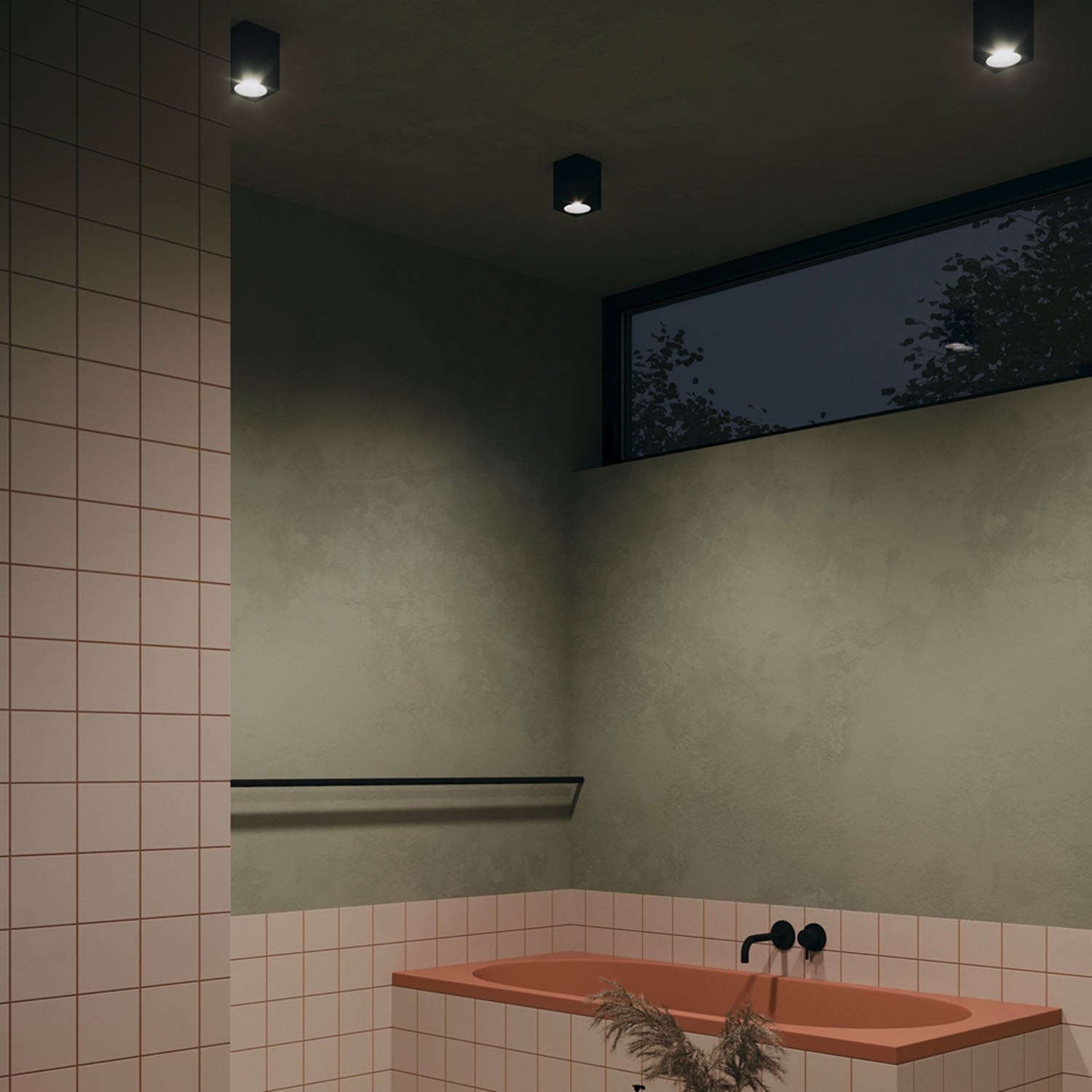
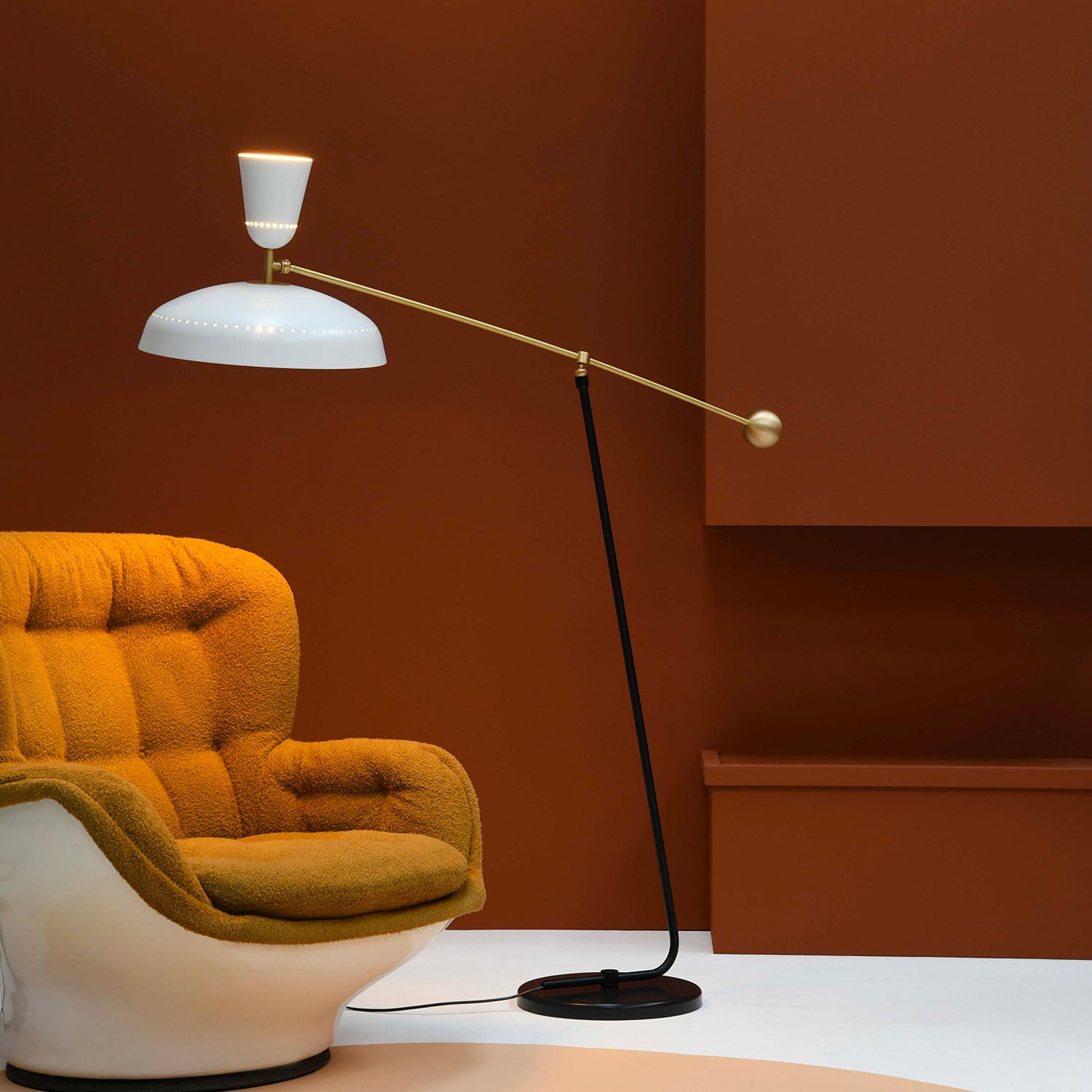

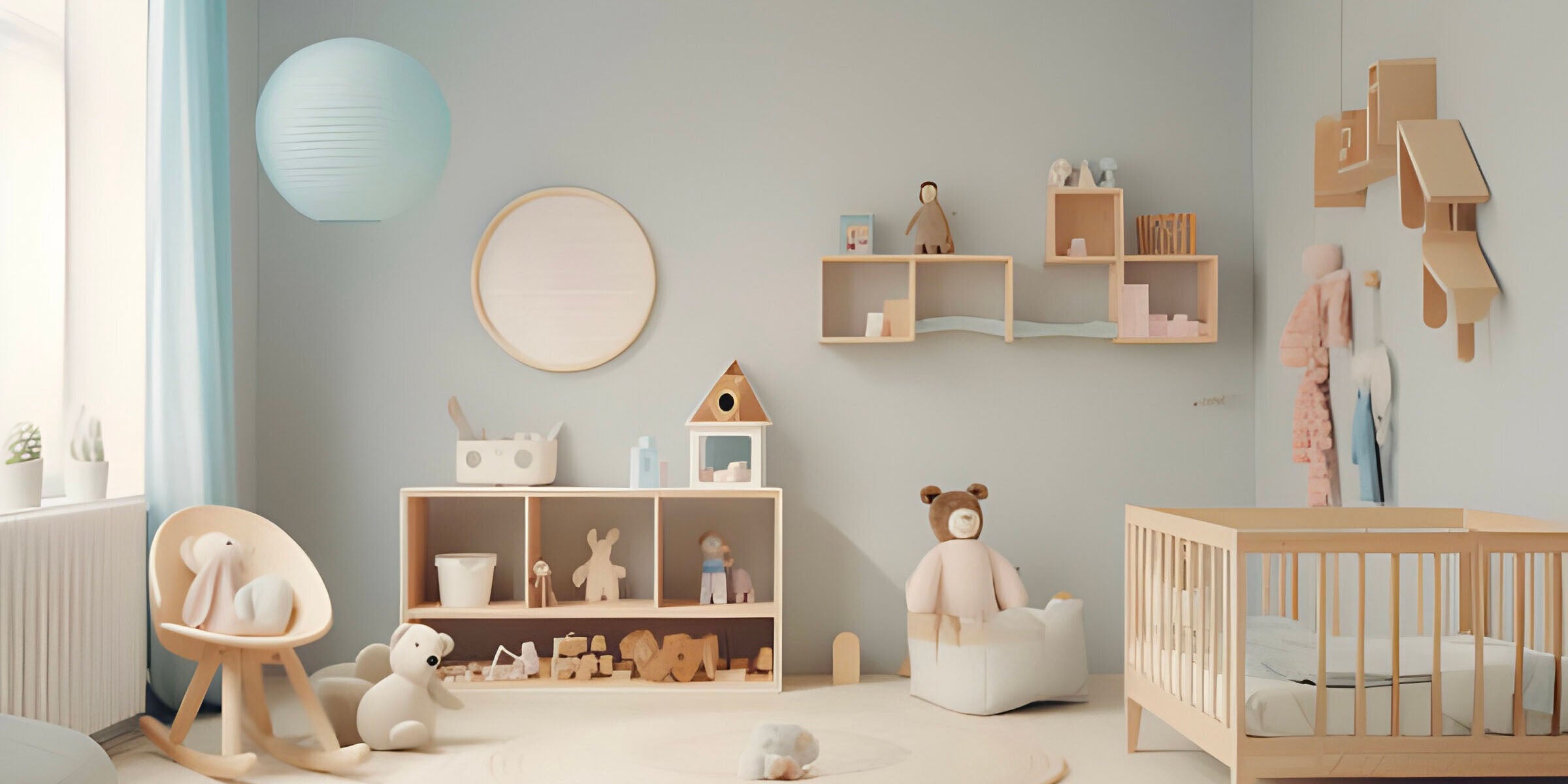
Leave a comment
This site is protected by hCaptcha and the hCaptcha Privacy Policy and Terms of Service apply.